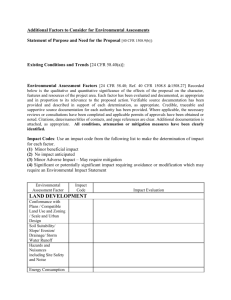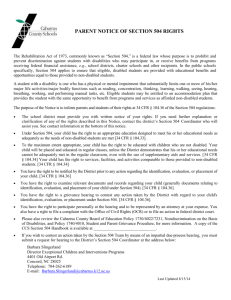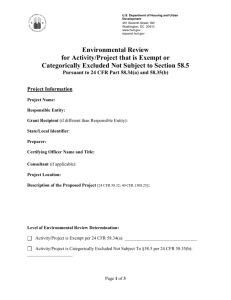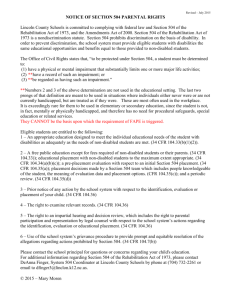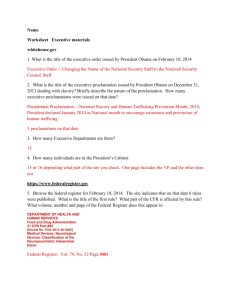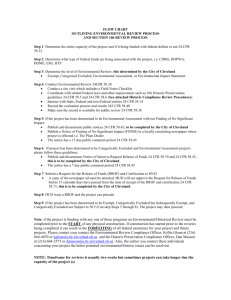MSA THE RESEARCH COLUMN June 2014
advertisement
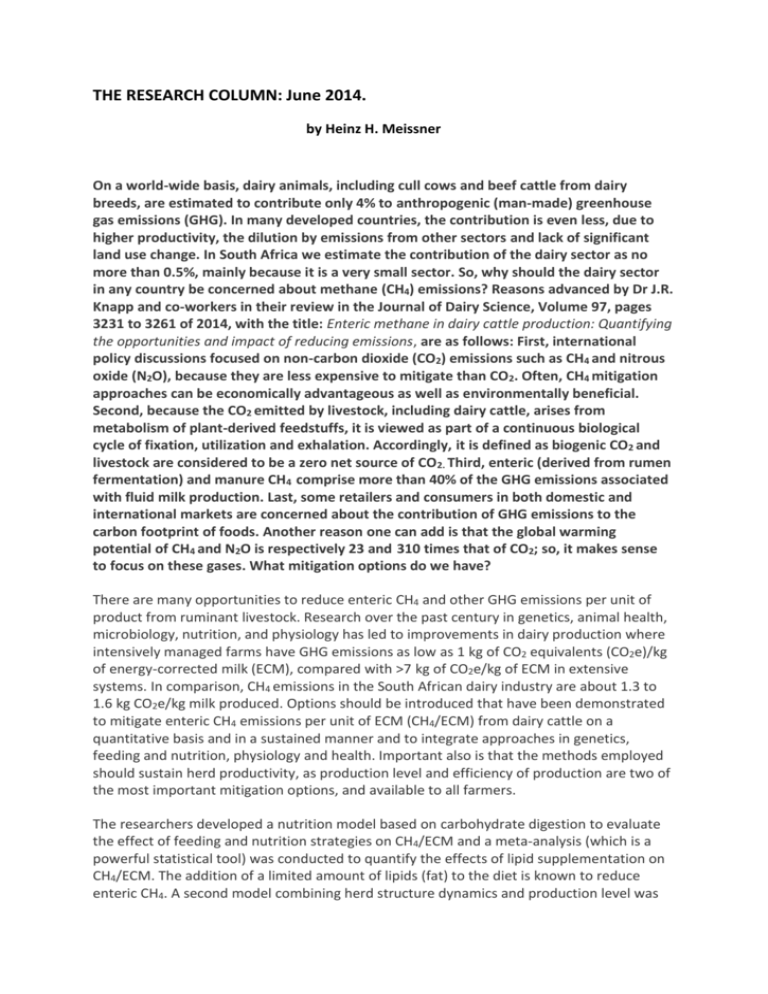
THE RESEARCH COLUMN: June 2014. by Heinz H. Meissner On a world-wide basis, dairy animals, including cull cows and beef cattle from dairy breeds, are estimated to contribute only 4% to anthropogenic (man-made) greenhouse gas emissions (GHG). In many developed countries, the contribution is even less, due to higher productivity, the dilution by emissions from other sectors and lack of significant land use change. In South Africa we estimate the contribution of the dairy sector as no more than 0.5%, mainly because it is a very small sector. So, why should the dairy sector in any country be concerned about methane (CH4) emissions? Reasons advanced by Dr J.R. Knapp and co-workers in their review in the Journal of Dairy Science, Volume 97, pages 3231 to 3261 of 2014, with the title: Enteric methane in dairy cattle production: Quantifying the opportunities and impact of reducing emissions, are as follows: First, international policy discussions focused on non-carbon dioxide (CO2) emissions such as CH4 and nitrous oxide (N2O), because they are less expensive to mitigate than CO2. Often, CH4 mitigation approaches can be economically advantageous as well as environmentally beneficial. Second, because the CO2 emitted by livestock, including dairy cattle, arises from metabolism of plant-derived feedstuffs, it is viewed as part of a continuous biological cycle of fixation, utilization and exhalation. Accordingly, it is defined as biogenic CO2 and livestock are considered to be a zero net source of CO2. Third, enteric (derived from rumen fermentation) and manure CH4 comprise more than 40% of the GHG emissions associated with fluid milk production. Last, some retailers and consumers in both domestic and international markets are concerned about the contribution of GHG emissions to the carbon footprint of foods. Another reason one can add is that the global warming potential of CH4 and N2O is respectively 23 and 310 times that of CO2; so, it makes sense to focus on these gases. What mitigation options do we have? There are many opportunities to reduce enteric CH4 and other GHG emissions per unit of product from ruminant livestock. Research over the past century in genetics, animal health, microbiology, nutrition, and physiology has led to improvements in dairy production where intensively managed farms have GHG emissions as low as 1 kg of CO2 equivalents (CO2e)/kg of energy-corrected milk (ECM), compared with >7 kg of CO2e/kg of ECM in extensive systems. In comparison, CH4 emissions in the South African dairy industry are about 1.3 to 1.6 kg CO2e/kg milk produced. Options should be introduced that have been demonstrated to mitigate enteric CH4 emissions per unit of ECM (CH4/ECM) from dairy cattle on a quantitative basis and in a sustained manner and to integrate approaches in genetics, feeding and nutrition, physiology and health. Important also is that the methods employed should sustain herd productivity, as production level and efficiency of production are two of the most important mitigation options, and available to all farmers. The researchers developed a nutrition model based on carbohydrate digestion to evaluate the effect of feeding and nutrition strategies on CH4/ECM and a meta-analysis (which is a powerful statistical tool) was conducted to quantify the effects of lipid supplementation on CH4/ECM. The addition of a limited amount of lipids (fat) to the diet is known to reduce enteric CH4. A second model combining herd structure dynamics and production level was used to estimate the effect of genetic and management strategies that increase milk yield and reduce culling on CH4/ECM. This provided the opportunity to integrate the effects of all factors contributing to mitigation, whereas past efforts in CH4 mitigation have largely focused on identifying and evaluating CH4 mitigation approaches based on nutrition, feeding, and modifications of rumen function. The results show that nutrition and feeding approaches may be able to reduce CH4/ECM by a modest 2.5 to 15% where these are already optimal as in developed countries, but have much larger potential in developing countries or where milk yields are still comparatively low. Rumen modifiers such as monensin, however, have had very little success in terms of sustained CH4 reductions without compromising milk production. More significant reductions of 15 to 30% CH4/ECM can be achieved by combinations of genetic and management approaches, including improvements in heat abatement, disease and fertility management, performance-enhancing technologies, and facility design to increase feed efficiency and life-time productivity of individual animals and herds. Genetic selection for feed efficiency, heat tolerance, disease resistance and fertility can augment selection for milk yield in reducing CH4/ECM with the potential of 9 to 19% reductions. Improved management approaches such as with oestrus detection, oestrus synchronization, detection of early embryonic death, heat stress abatement and transition cow health would result in improved reproduction, reduced number of cows culled due to reproduction failure and disease and a reduced replacement rate. Combined these factors can also have a reduction effect of 9 to 19%. However, many of the approaches discussed are only partially additive and together will not necessarily achieve the potential reduction. In addition, all approaches to reducing enteric CH4 emissions should consider the economic impacts on farm profitability and the relationships between enteric CH4 and other greenhouse gasses. Bottom line: Many of the opportunities to reduce CH4 are in the grasp of every dairy farmer and can be introduced successfully together with a consulting veterinarian, nutritionist and geneticist. The beauty of it is that almost all measures will increase milk production, efficiency and profitability and therefore there should be no reluctance to initiate mitigation!



